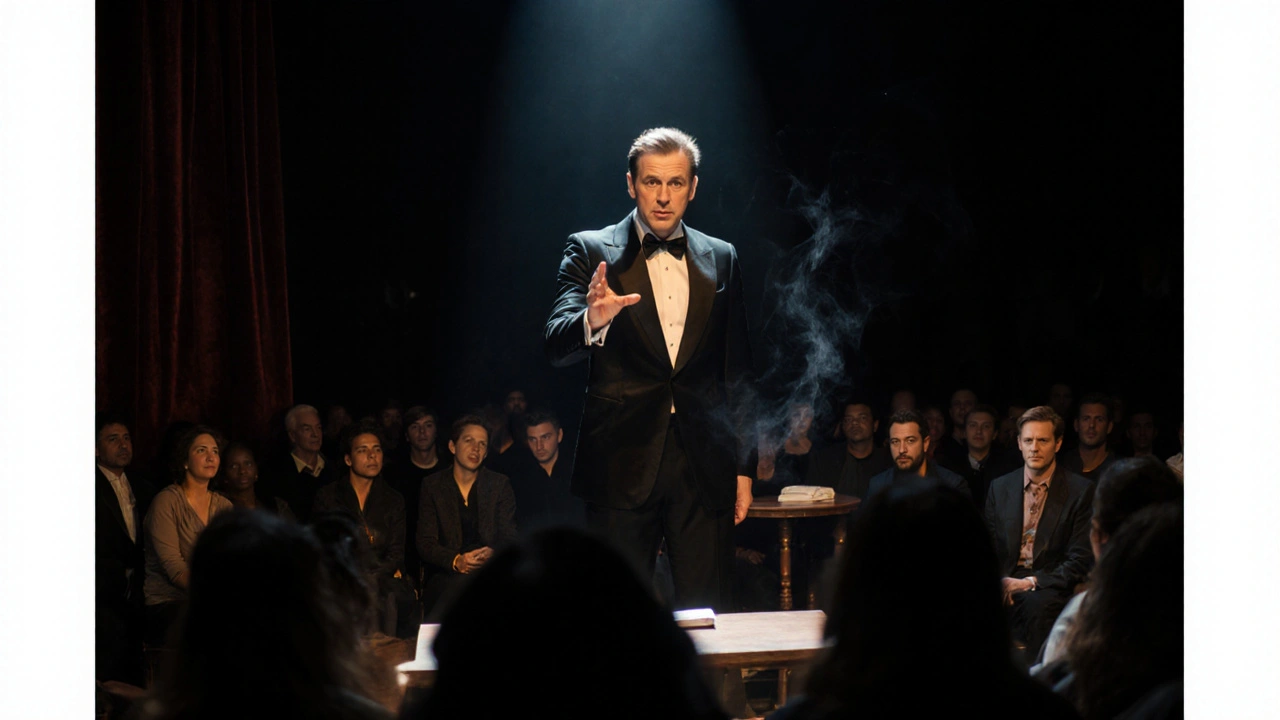Stage Prediction Tricks: How to Wow a Live Audience
If you’ve ever watched a magician call a spectator’s hidden number or reveal a sealed envelope on stage, you know the impact of a good prediction. It’s not just a trick – it’s a moment that makes the audience feel you’re reading their mind. In this guide we’ll break down why predictions work, share a simple routine you can start with, and give you practical tips to keep the effect smooth every time.
Why Predictions Capture the Crowd
People love predictions because they turn uncertainty into a “wow.” When a performer nails a secret that seemed impossible, it creates a spike of excitement that spreads through the room. The secret isn’t magic alone; it’s a mix of psychology, timing, and confidence. A confident presenter makes the audience trust the outcome, while subtle misdirection hides the method.
Another hidden driver is the feeling of personal involvement. When a volunteer is asked to think of a number, write a phrase, or choose a card, they become part of the story. The audience sees the volunteer’s reaction and mirrors it, amplifying the effect. That’s why a stage prediction works better than a close‑up trick – the scale is bigger and the emotional payoff is louder.
Step‑by‑Step Guide to a Simple Stage Prediction
1. Set the scene. Begin by telling a short story about why you trust intuition or how you once predicted something amazing. Keep it casual – you’re not lecturing, you’re sharing a funny anecdote.
2. Choose a reliable effect. A classic “write‑down prediction” works well. Hand a volunteer a notebook, ask them to write a word or number, fold it, and place it in a sealed envelope you’ve already shown to the audience.
3. Use a subtle force. Guide the volunteer toward a limited set of choices without them noticing. For numbers, you might ask them to think of a two‑digit number, add the digits together, and subtract the result from the original number – a math trick that always lands on a multiple of nine.
4. Secure the prediction. While the volunteer writes, you can casually glance at a pre‑written slip hidden in the envelope (or use a dual‑envelope method). The key is to make the envelope appear untouched.
5. Reveal with drama. Open the envelope dramatically, read the prediction aloud, and watch the audience react. Pause a moment to let the surprise sink in before handing the notebook back for verification.
6. Close the loop. End with a quick comment that ties the effect back to your opening story. This reinforces the narrative and leaves the crowd with a tidy, memorable finish.
Practice is the real magic behind each step. Rehearse the force in front of a mirror, test the envelope handling with friends, and record yourself to spot hesitation. The more fluid your movements, the less the audience will notice the mechanics.
When you feel ready, scale the routine for a larger stage. Use a bigger envelope, a louder voice, and more lighting to keep the focus where you want it. Remember, a stage prediction thrives on clear visual cues and strong storytelling – the trick itself is just a tool.
Try this routine at your next practice session. Start with a small group, collect feedback, and tweak the timing. Soon you’ll have a reliable prediction that can be dropped into any show, leaving audiences buzzing and asking, “How did you do that?”

Can Mentalists Predict the Future? Secrets, Science, and Stage Tricks Explained
- by Zephyr Blackwood
- on 28 Sep 2025
Explore how mentalists create the illusion of foreseeing the future using cold reading, hot reading, forcing, and misdirection, plus tips to spot the tricks.
